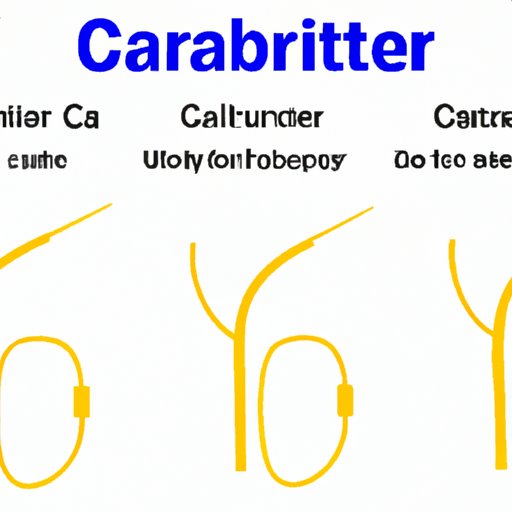Overview of Catheterization and How a Catheter Works
Catheterization is a medical procedure that involves inserting a thin tube into a blood vessel or body cavity. A catheter is a flexible tube used in this procedure, and it can be inserted into the bladder, veins, and arteries. Catheterization is often used to diagnose and treat a variety of medical conditions, such as urinary tract infections and heart disease. To understand how a catheter works, it’s important to understand the basics of catheterization.
What is Catheterization?
Catheterization is a medical procedure that involves inserting a thin tube into a blood vessel or body cavity. The catheter is used to access the body’s internal organs and systems, allowing doctors to diagnose and treat various medical conditions. This procedure can also be used to deliver medications, draw blood samples, and measure pressures inside the body. Catheterization is a common and relatively safe procedure that is used in hospitals, clinics, and doctor’s offices around the world.
How Does a Catheter Work?
A catheter is a thin, flexible tube that is inserted into a vein, artery, or body cavity. It is typically made of plastic, rubber, or silicone, and its size and shape depend on the purpose of the procedure. For example, a urinary catheter is usually narrow and long, while an intravenous catheter is wider and shorter. Once the catheter is inserted, it can be used to administer medications, collect fluid samples, or perform other medical procedures.

Types of Catheters and Their Uses
There are several different types of catheters, each with its own specific use. Some of the most common types include:
- Urinary catheter – Used to drain urine from the bladder.
- Intravenous (IV) catheter – Used to give fluids, medications, or nutrients directly into the bloodstream.
- Arterial catheter – Used to measure blood pressure and take blood samples.
- Endotracheal (ET) catheter – Used to help a person breathe by delivering oxygen to the lungs.
- Epidural catheter – Used to provide pain relief during childbirth.

Risks and Complications of Catheterization
Any medical procedure carries some risk of complications, and catheterization is no exception. Potential risks and complications associated with catheterization include infection, bleeding, and damage to the veins or arteries. According to a study published in the journal Clinical Microbiology Reviews, “Catheter-related infections are among the most frequent healthcare-associated infections, accounting for up to 25% of all healthcare-associated infections.” In addition, catheterization can cause discomfort, pain, and bruising at the site of insertion.
Preparing for a Catheter Insertion
Before a catheter insertion, your doctor will explain the procedure and answer any questions you may have. They may ask you to sign a consent form and provide information about any medications you’re taking. You may also need to change into a hospital gown and remove any jewelry or watches. Your doctor may recommend that you empty your bladder prior to the procedure.

The Steps Involved in Inserting a Catheter
Inserting a catheter is a relatively straightforward process. Here is a step-by-step guide on how to insert a catheter:
- Clean the area where the catheter will be inserted using an antiseptic solution.
- Insert a local anesthetic, if necessary, to numb the area.
- Use a needle to puncture the skin and create an opening for the catheter.
- Thread the catheter through the opening and into the desired location.
- Secure the catheter in place with tape or sutures, if necessary.
- Check for leaks and proper placement of the catheter.
Caring for a Catheter Post-Insertion
After the catheter is inserted, it’s important to take care of it properly. Here are some tips on how to care for a catheter after insertion:
- Keep the catheter clean and dry.
- Avoid tugging or pulling on the catheter.
- Change the dressing regularly.
- Check for signs of infection, such as redness or swelling.
- Call your doctor if you experience pain or discomfort.
Alternatives to Catheterization
In some cases, there may be non-invasive alternatives to catheterization. Depending on the medical condition being treated, your doctor may recommend other treatment options, such as medication, physical therapy, or lifestyle modifications. If you’re considering alternatives to catheterization, talk to your doctor to determine the best course of action.
Catheterization is a commonly used medical procedure that can be used to diagnose and treat a variety of medical conditions. Understanding how a catheter works, the different types of catheters and their uses, the risks and complications of catheterization, and the steps involved in inserting a catheter can help you make informed decisions about your health. Additionally, knowing the alternatives to catheterization can help you explore other treatment options.
(Note: Is this article not meeting your expectations? Do you have knowledge or insights to share? Unlock new opportunities and expand your reach by joining our authors team. Click Registration to join us and share your expertise with our readers.)
